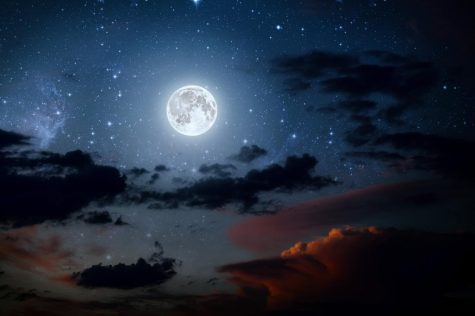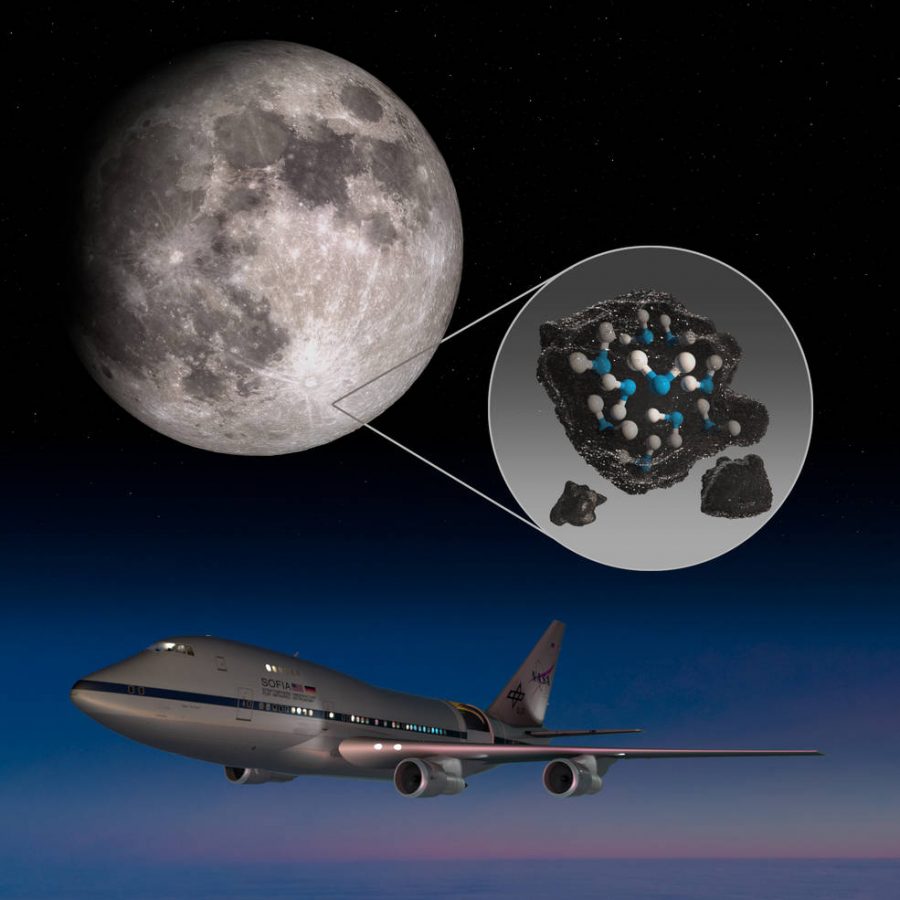A Discovery Out of this World
As of October 26th, 2020, a satellite by the name of SOFIA (NASA’s Stratospheric Observatory for Infrared Astronomy) has confirmed, for the first time, water on the sunlit surface of the Moon. This is a huge discovery because up until now, there has been absolutely no evidence of water on the moon and therefore no possibility of life. However, with this recent discovery, scientists have unveiled a possible source of nourishment, which could indicate a prior form of life on the moon.
SOFIA detected the water molecules (H2O) in Clavius Crater, one of the largest craters visible from Earth, located in the Moon’s southern hemisphere. Previous observations of the Moon’s surface had detected some form of hydrogen, but scientists were, unfortunately, unable to distinguish between water and its close chemical relative, hydroxyl (OH). Data collected by SOFIA from this location reveals that there was water, but not a lot of it. Water in concentrations of 100 to 412 parts per million – which is roughly equivalent to a 12-ounce bottle of water – was trapped in a cubic meter of soil, spread across the lunar surface. In comparison, this is roughly one-hundredth of the amount of water that is present in the soil and sand of the Sahara desert. Still, this was a monumental discovery and will help scientists understand more about our moon and its history.
Scientists are debating how this water reached the surface of the moon in the first place. One proposition is that something is generating the water and that the water must be trapped within the soil by an undetected force or additional variable must be trapping it there.

Another proposition is that the water is not coming from the moon itself, but is instead transported to the moon, or formed due to chemical reactions near the surface. Several forces could be at play in the delivery or creation of this water. Micrometeorites raining down on the lunar surface, carrying small amounts of water, could deposit the water on the lunar surface upon impact. Regarding water formation, there is the possibility that there might be a two-step process in which the Sun’s solar wind delivers hydrogen to the lunar surface and causes a chemical reaction with oxygen-bearing minerals in the soil to create hydroxyl (OH). Meanwhile, radiation from the assortment of micrometeorites hitting the moon could be transforming that hydroxyl into water.
While this may seem like a random and sudden discovery, it opens up many possibilities for space exploration. If scientists can find a way to collect the water found on the moon, we may be equipped to perform long-term studies on the moon. If this is accomplished, we will have a whole new vantage point on our solar system and will be able to learn so much more about our moon. This is a very exciting discovery for the scientific community, and it may help answer some of the pressing questions that scientists were unable to answer in the past.

Akhil Chopra is a senior, and the News editor for The Catalyst. He loves soccer, cars, music, and concerts.



